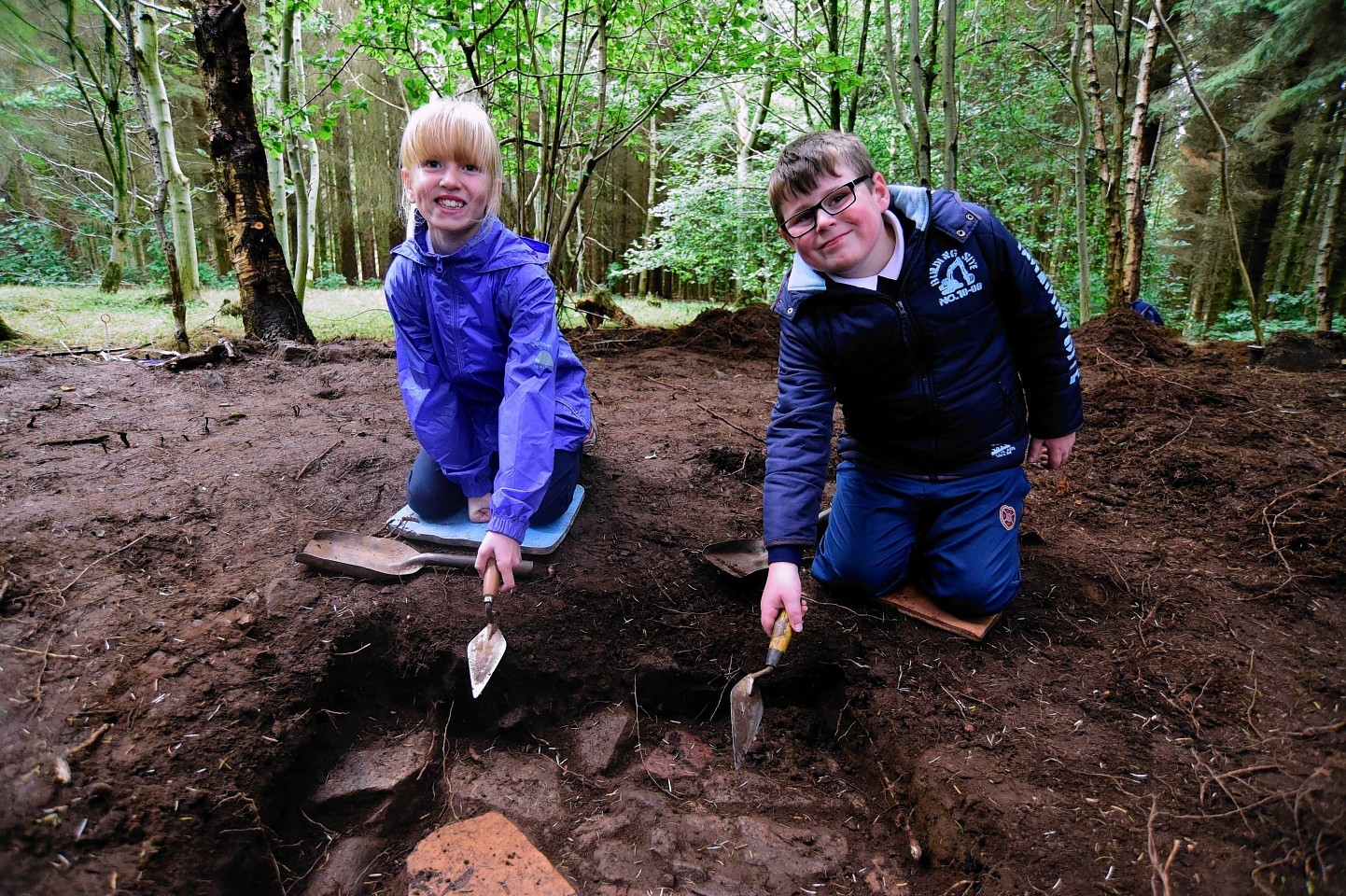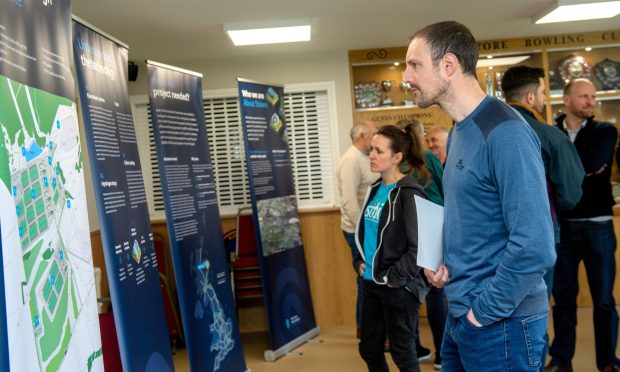Archaeologists have begun a new dig at a north-east country park in an ongoing effort to trace a lost Buchan monastery.
The Book of Deer Project has been carrying out archaeological studies in the Aden Country Park area for several years to understand more about the development of the village of Old Deer.
The initiative is named after one of Scotland’s oldest manuscripts and is also seeking an early Pictish monastery where it is thought the book was written. The building is believed to date back to the early 12th century, but no confirmed trace has been found to date.
Efforts to finally find the lost monastery have however revealed other sites of historical significance. During a dig last year, experts uncovered the remains of what is believed to be a T-shaped Episcopalian meeting house.
The foundations of another structure were also found nearby and it is hoped these fresh excavations – which will run until June 19 – will establish when it was built.
Bruce Mann, archaeologist for Aberdeenshire Council, said: “There is a reference to a ‘lost tower house of the Keiths’ who once owned all of the Aden estate and surrounding land.
“If this is a late medieval building, possibly the lost house, then that would not rule out the stones being reused over the site as a mid-late 18th-century meeting house.
“It’s certainly a great chance for the local community to help solve a mystery.”
Students from Aberdeen and Edinburgh universities, local volunteers, and members of the Book of Deer Project will work with professional archaeologists during the fortnight dig.
More than 200 primary school pupils will also be taking part and will get the chance to learn archaeological techniques and help identify finds.
Expert’s from Aberdeenshire Museums Service from the neighbouring village of Mintlaw will visit the site on June 13 and bring a selection of local finds for the children to handle.
This year’s project is funded by Aberdeenshire Council’s archaeology service and hosted by The Book of Deer Project.










